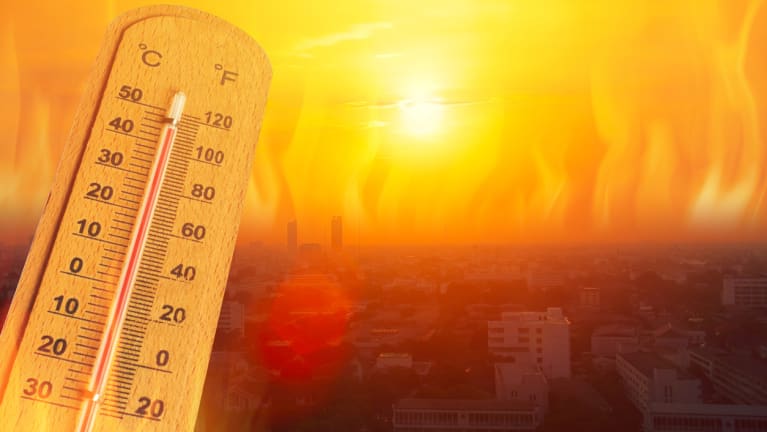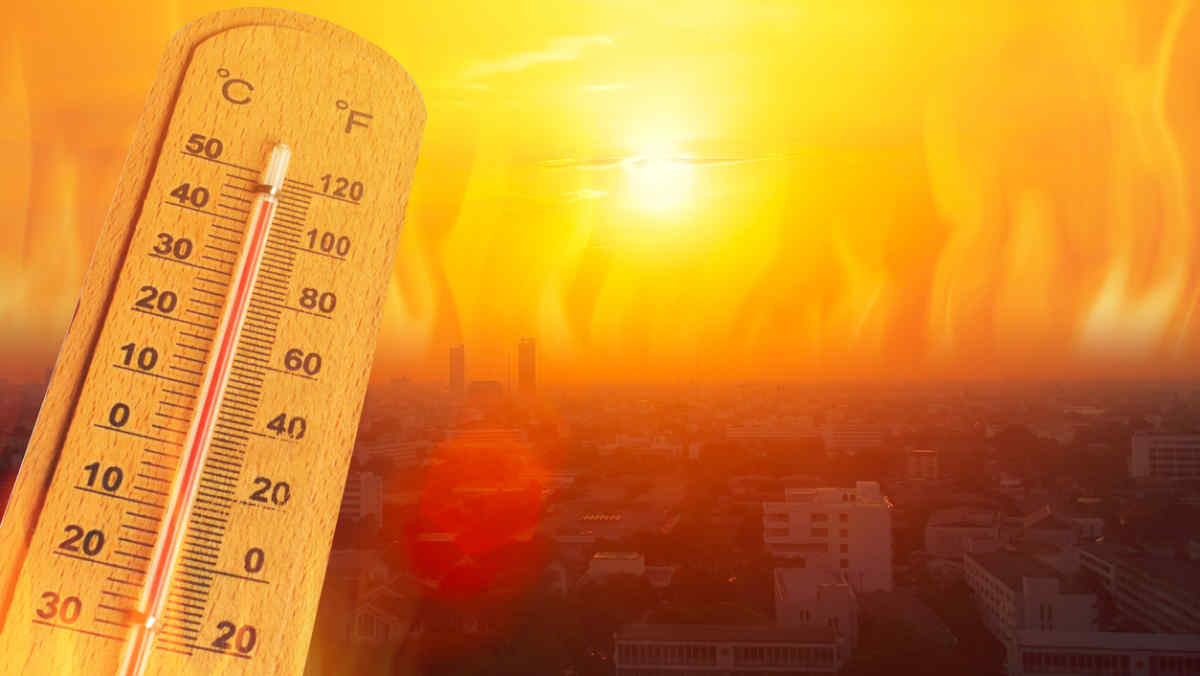

Record-breaking temperatures are hitting triple digits in some places across the U.S., putting workers at risk.
An estimated 63 million people in the U.S. are under heat alerts stretching from Southern California to Miami, NBC reported. The National Weather Service on Tuesday reported that “dangerously hot conditions” with heat index values up to 114 degrees Fahrenheit were expected July 19 in Arkansas and Mississippi. On Tuesday, Phoenix set a record for having 19 consecutive days of temperatures hitting at least 110 degrees; the previous record was 18 days in June 1974.
“No other major city … has had any stretch of 110-degree days or 90-degree nights longer than Phoenix,” AOL reported, quoting weather historian Christopher Burt of the Weather Company. The lack of a cooldown at night also poses a health hazard; Phoenix’s low on Tuesday was 94 degrees.
Addressing a lack of air conditioning was a bargaining issue for UPS drivers who were poised to go on strike in June. However, UPS and union leaders reached a tentative deal to add air conditioning to drivers’ trucks. With a strike authorization vote underway, union leaders and UPS announced a tentative deal to equip the trucks with air conditioning, heat shields and additional fans.
In Texas, 13 deaths and hundreds of injuries and emergency room admissions have been attributed to the scorching heat wave baking the state, The Hill reported, noting that “several state attorneys general called on the federal government in February to create national standards to protect workers from deadly heat.”
SHRM Online collected the following articles on this topic.
Limited Regs Make Texas Workers Responsible for Preventing On-the-Job Heat Injuries
There are no federal or state standards that specifically protect workers from heat illness, and Texas cities and counties will soon be barred from making local rules with that purpose. Now more than ever, heat safety depends on workers being trained in self-care, supervisors learning to identify symptoms of heat stress and employers’ willingness to provide breaks and other protective measures.
(Texas Tribune)
US Heatwave: ‘Dangerous’ Temperatures Could Set New Records
Nearly a third of Americans—about 113 million people—are currently under heat advisories, from Florida to California and up to Washington state. The country’s National Weather Service has urged people not to underestimate the risk to life.
(BBC)
Using the Heat Index: A Guide for Employers
The heat index is a single value that takes both temperature and humidity into account. It is a better measure than air temperature alone for estimating the risk to workers from environmental heat sources.
This guide helps employers and worksite supervisors prepare and implement hot weather plans. It explains how to use the heat index to determine when extra precautions are needed at a worksite to protect workers from environmental contributions to heat-related illness. Workers performing strenuous activity, workers using heavy or nonbreathable protective clothing, and workers who are new to an outdoor job need additional precautions beyond those warranted by heat index alone.
(National Association of Letter Carriers)
America Is Failing to Protect Workers from Extreme Heat
The Occupational Safety and Health Administration (OSHA) has no rule requiring protection from extreme heat. How to prevent heat illness and death is no mystery: Provide workers with adequate rest breaks in the shade or a cool area where they can rehydrate. But many employers will not do so unless they are forced, and unfortunately, OSHA is unlikely to require these basic protections any time soon.
(The Atlantic)
Forcing People to Work in Deadly Heat is Mostly Legal in the U
As the planet records some of its highest average temperatures, workers have few legal protections from extreme heat.
(Washington Post)
Overview: Working in Outdoor and Indoor Heat Environment
Millions of U.S. workers are exposed to heat in their workplaces. Although illness from exposure to heat is preventable, every year, thousands become sick from occupational heat exposure—and some cases are fatal. Hazardous heat exposure can occur indoors or outdoors, and can occur during any season if the conditions are right, not only during heat waves.
(OSHA)
Beating the Heat at Work
Employers have a duty to make sure workers avoid heat illnesses. Outdoor workers need water, rest and shade to make it to the end of their workday safely. Indoor workers, such as those in warehouses, boiler rooms, kitchens and laundries, can be affected by heat stress, too.
(SHRM Online)

